You’ll normally find Ford CEO Jim Farley driving around in one of his company’s pickups or SUVs, but he’s spent a lot of time in recent months behind the wheel of a Xiaomi SU7 battery-electric vehicle.
Like most senior industry officials, Farley is well aware of the threat being posed by a flood of new Chinese domestic automakers, including Xiaomi, Geely, Great Wall and BYD – the latter now outselling Tesla in key markets around the world. That’s why he’s also spent time in China recently, alongside a core team assigned to a new “skunkworks” program charged with developing a new generation of ultra-affordable Ford EVs.
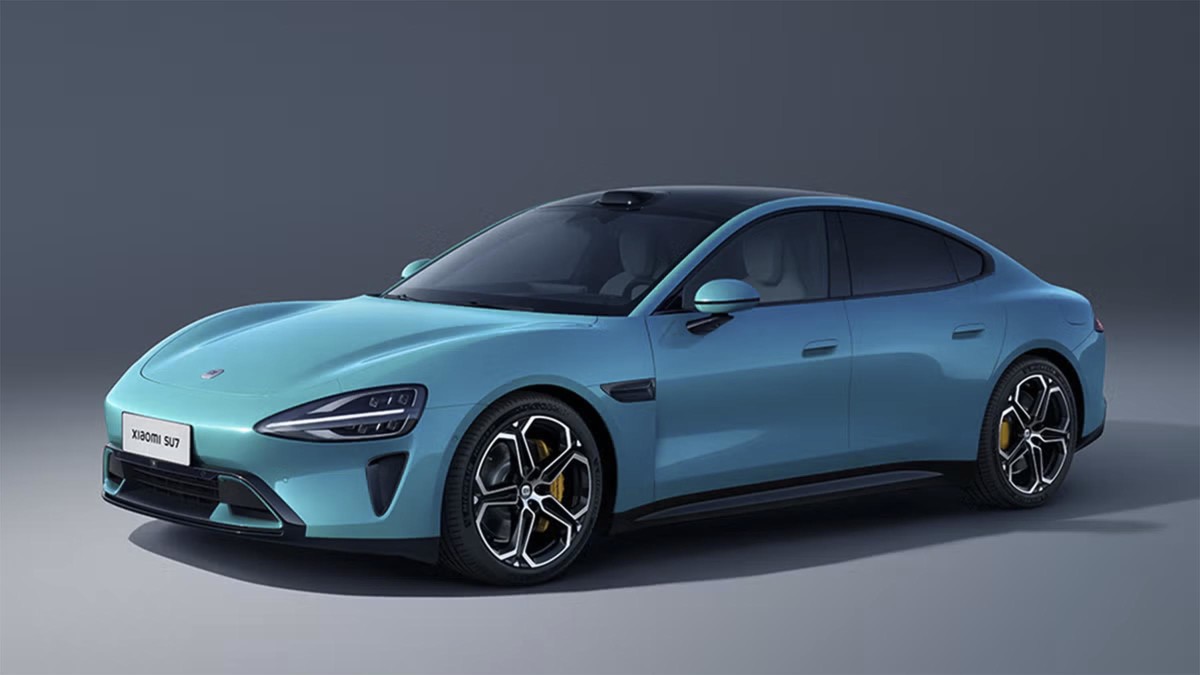
“This is a Model T moment for us,” Farley said during the automaker’s second-quarter earnings call this past week, confirming that Ford will have some big news about its future EV program to share on August 11 during a presentation at its assembly plant in Louisville, Kentucky.
An All-Electric Model T?
Don’t expect to see an electric equivalent of the old Ford “Tin Lizzie,” the name used by many owners to refer to the original Model T. Ford will leave that sort of project to Detroit-based EV company Slate with the bare-bones, plastic-bodied pickup it will launch in 2026. But Farley and his team hope to deliver something nearly as revolutionary as Ford’s founder did more than a century ago.
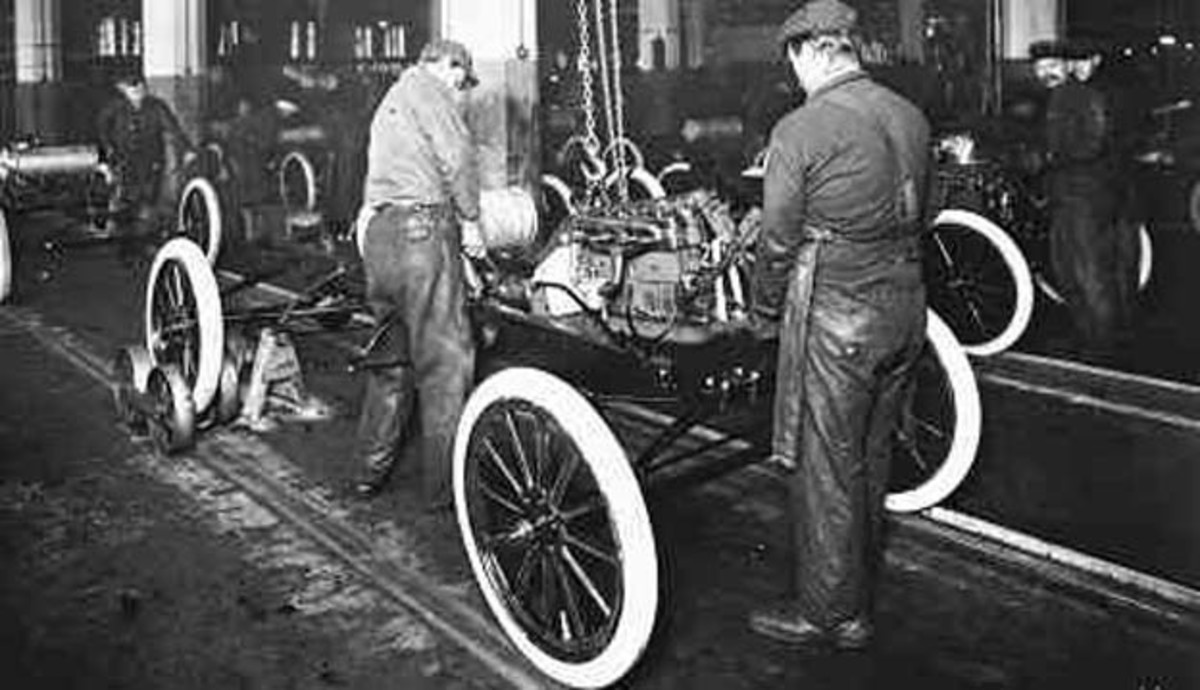
That means finding ways to not only slash battery costs but to dramatically simplify the manufacturing process to save tens of thousands of dollars per vehicle. The typical EV cost $56,910 in June 2025, according to Kelley Blue Book, about $8,000 more than the average transaction price for all vehicles sold in the U.S. last month. That’s considered one of the key reasons why EV sales have been losing momentum.
Related: 2025 Ford F-150 Lightning: What to Know if You’re Thinking About Buying
A Change in Direction
At the moment, Ford has three all-electric models in production: the Mustang Mach-E, the F-150 Lightning and the E-Transit, a battery-powered version of the automaker’s big Transit van. It was also working up a high-end, three-row SUV that was expected to come in well above $60,000.
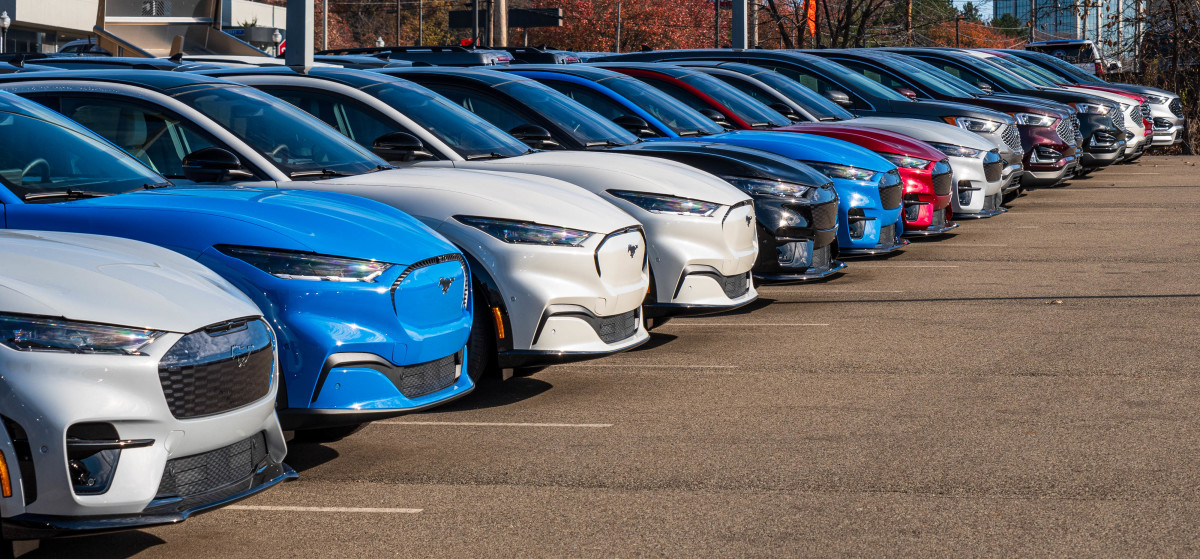
Getty
The skunkworks team that’s spent the last 18 months operating out of an anonymous facility Long Beach, California has been looking to cut that price tag in half. “We think that’s a much better move than a $60,000 to $70,000 all-electric crossover,” said Farley.
What’s Coming
Ford has been vague about what that team will bring to market, but insiders hint the company is preparing to launch an entirely new EV “family.” And that’s expected to include a number of different body styles, starting with a small, all-electric pickup somewhere in size between the compact Ford Maverick and midsize Ranger, said Sam Abuelsamid, lead analyst with Telemetry Research. At least one small SUV will follow.
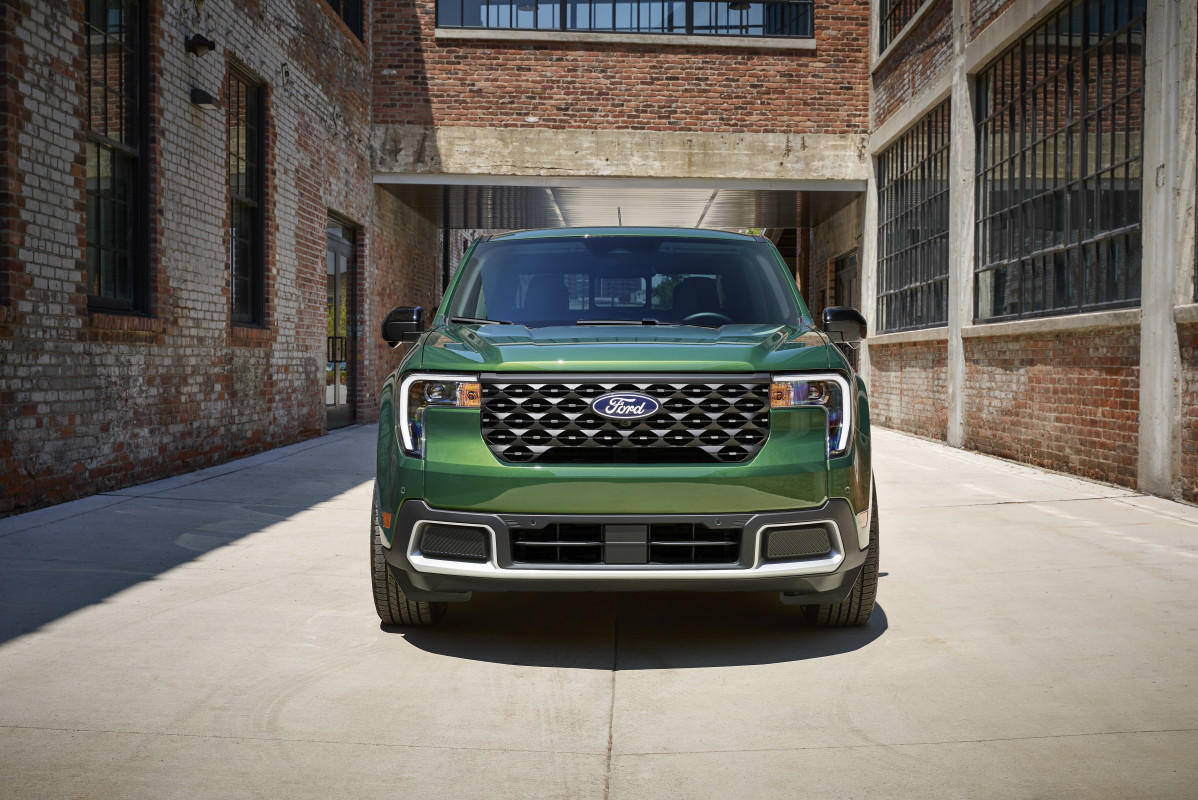
Ford
All of the products will be offered with new lithium-ion-phosphate battery packs produced at a new Ford plant being set up in Marshall, Michigan. While LFP sacrifices a bit of range it is substantially cheaper than the more familiar lithium-ion technology – and is also less likely to catch fire in a crash or when short-circuited. There will be multiple powertrain options for at least some of these new EVs. It’s unclear if longer-range lithium-ion packs will be available, however.
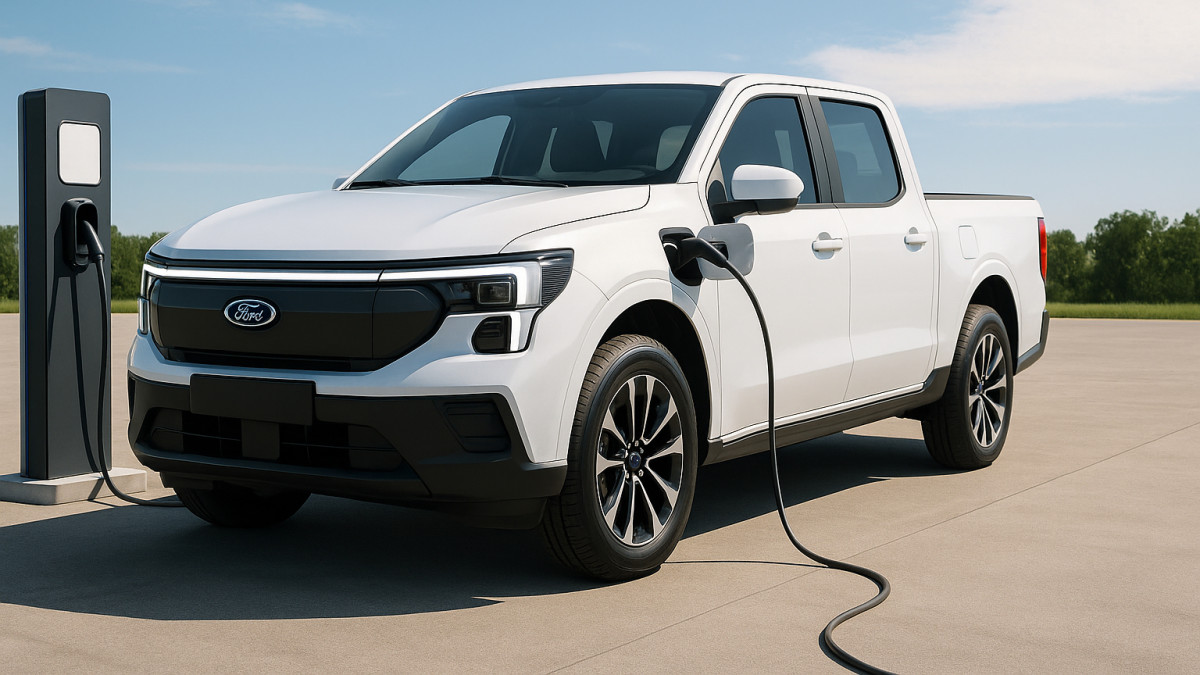
Related: 5 Game-Changing Batteries That Will Change Your Life
Forget GM, Hyundai or Toyota
Ford certainly isn’t the only manufacturer aiming to deliver EVs starting at or below $30,000. General Motors will launch production later this year of a next-generation Chevrolet Bolt expected to come in below the brand’s current low-end Equinox EV which starts at $34,995.
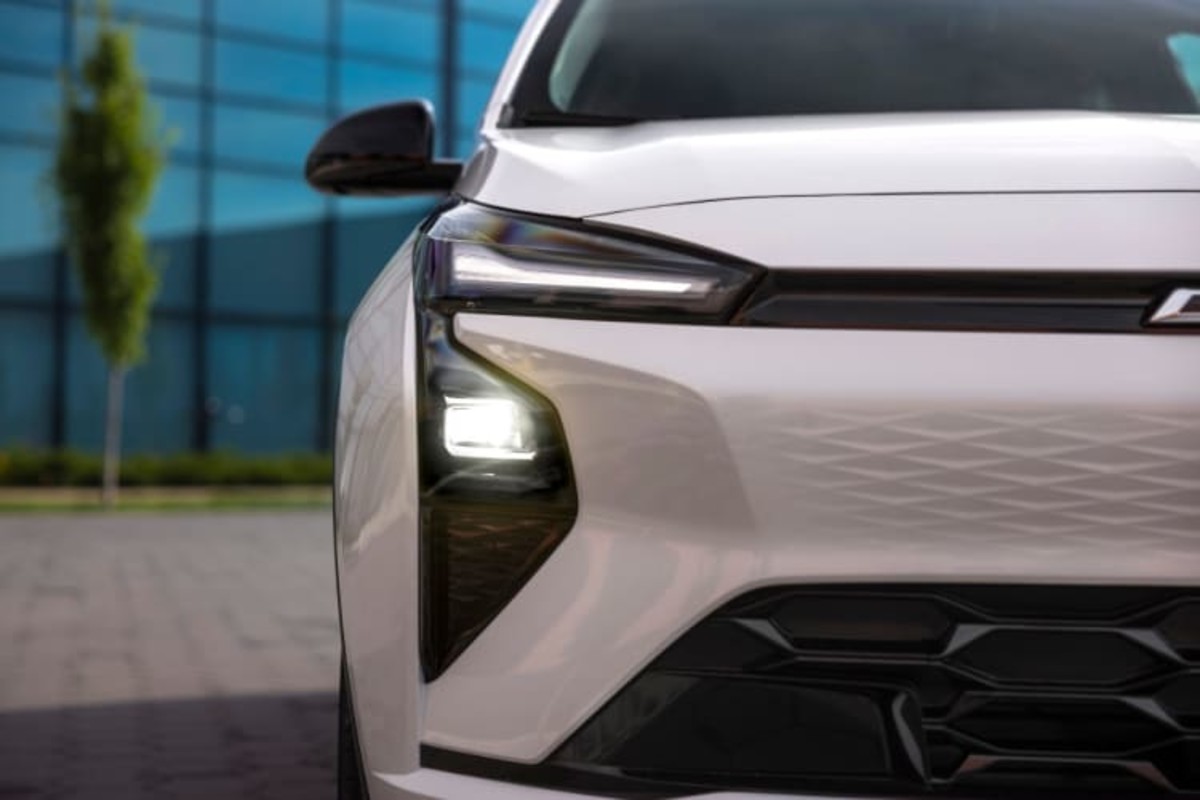
But neither GM, nor Hyundai, nor Toyota, nor Volkswagen, are the brands Ford is looking at. ”We believe the only way to compete effectively with the Chinese over the globe on EVs is to go and really push ourselves to radically re-engineer and transform our engineering supply chain and manufacturing process.”
Reinventing the Wheel
Chinese domestic EV manufacturers have scored explosive growth over the past three years, much of that due to delivering extremely low prices for well-equipped vehicles. The BYD Dolphin, for example, goes for just the equivalent of $25,720 in Mexico. To get there, companies like BYD have not only focused on cheaper battery chemistry but have rethought the entire automotive design, engineering and manufacturing process, said Abuelsamid – just about everything down to the wheel.
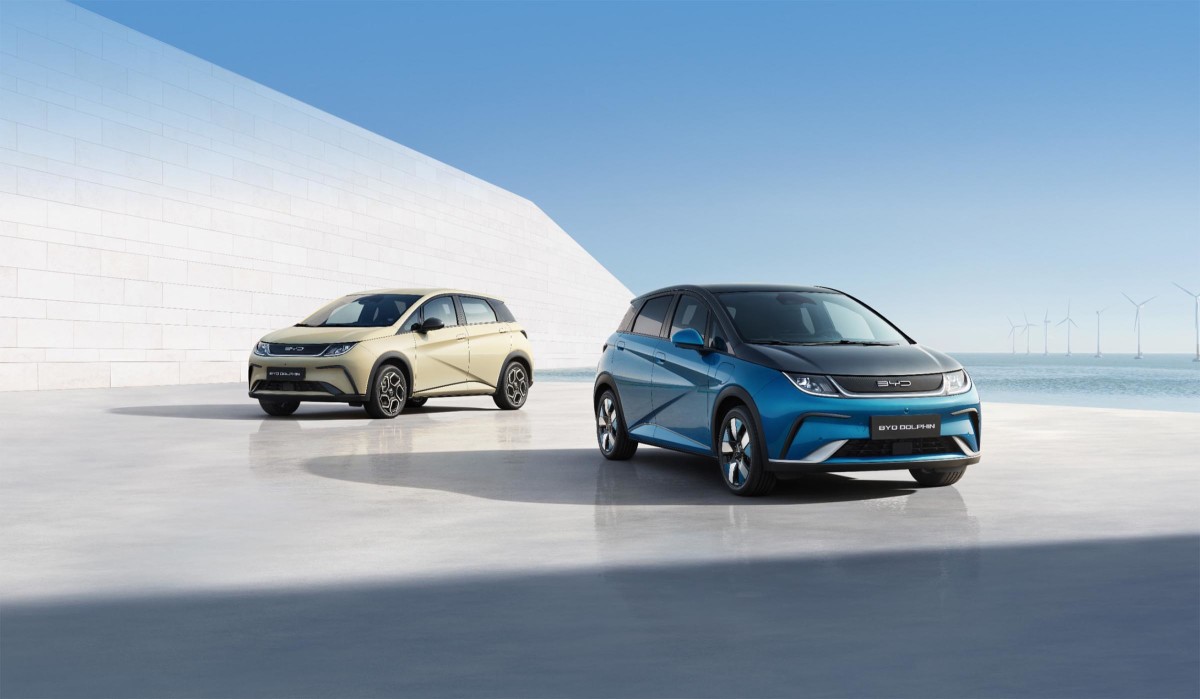
Farley and his team have been closely watching and various sources provided a glimmer of some of the things Ford has learned and plans to adopt:
- The battery packs on those new EVs will be more compact and will serve as part of the actual structure of the vehicles they’re used in;
- That’s just one way Ford plans to sharply reduce the number of parts it will use in those EVs;
- It also plans to adopt mega-casting – something already used by Tesla. In some applications, dozens of stamped steel parts will be replaced by a single cast piece of aluminum.
That’s one of the ways Xiaomi can sell the SU7 at a starting price of 215,900 yuan, or $29,900. Yet this is no stripped-down econobox, admitted Farley, with features including an air suspension and a large digital display. During an appearance on the Everything Electric Show podcast, he said, “I don’t like talking about the competition so much, but I drive a Xiaomi (and) I’ve been driving it for six months now, and I don’t want to give it up.”
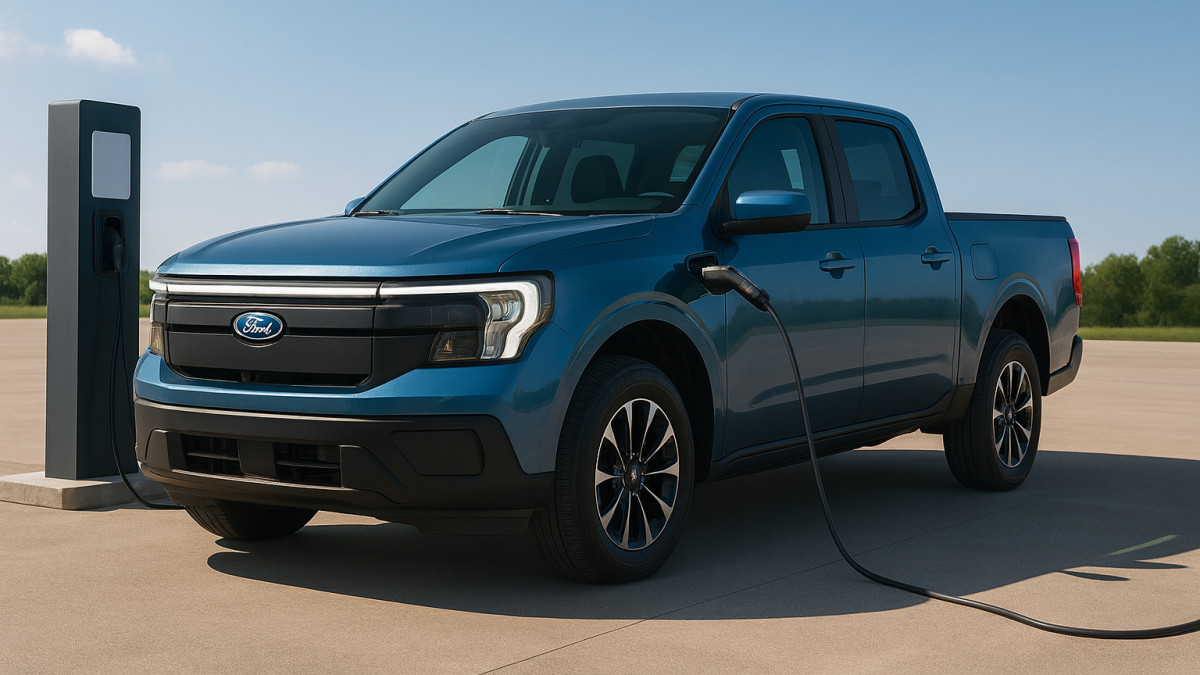
No Other Option
Whether Ford can pull off its ambitious goal remains to be seen. The company has had enough trouble improving the quality of its existing line-up and staged more recalls during the first half of this year than any automaker has ever had before during a full year. Then there are the Trump tariffs that will raise costs for all sorts of imported raw materials and parts. Trump recently signaled he’ll call for a 50% tariff on foreign copper, an essential EV ingredient.
HSR/Patrick Tremblay
But industry-watchers like Abuelsamid say Ford has no choice if it expects to remain a serious contender in the global EV market, never mind just the U.S. Its future could depend on this “Model T Moment” as much as Henry Ford did a century ago.